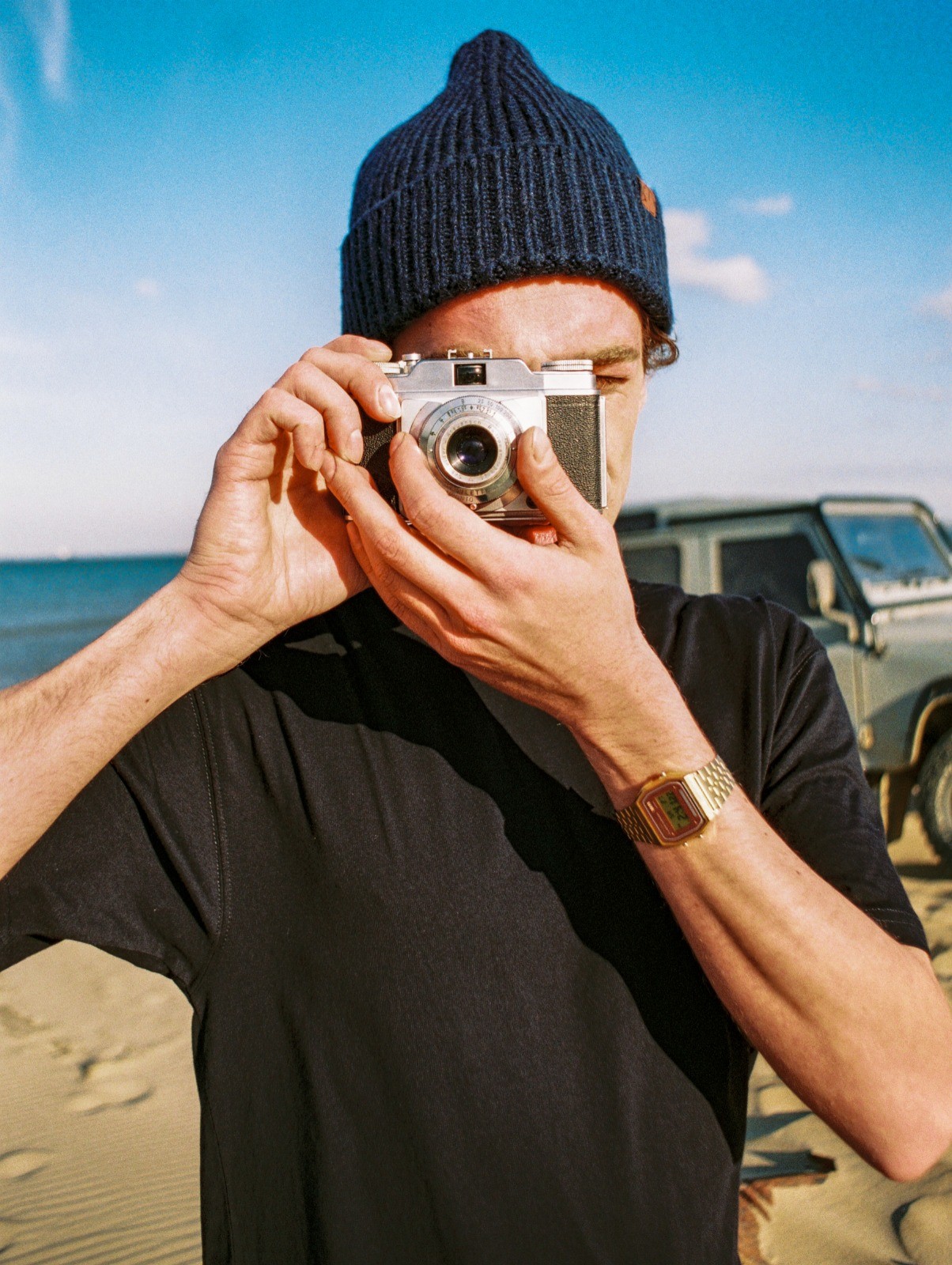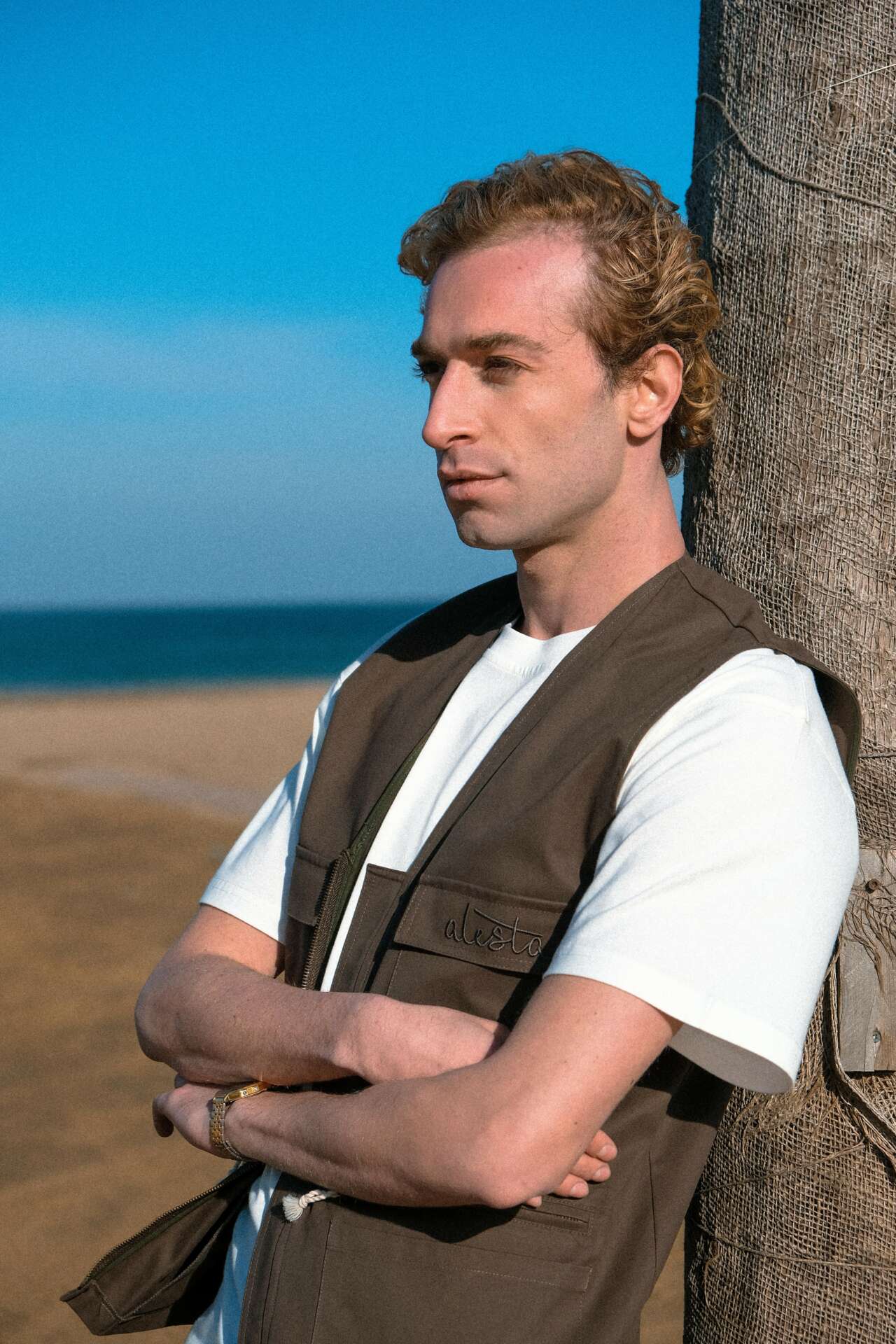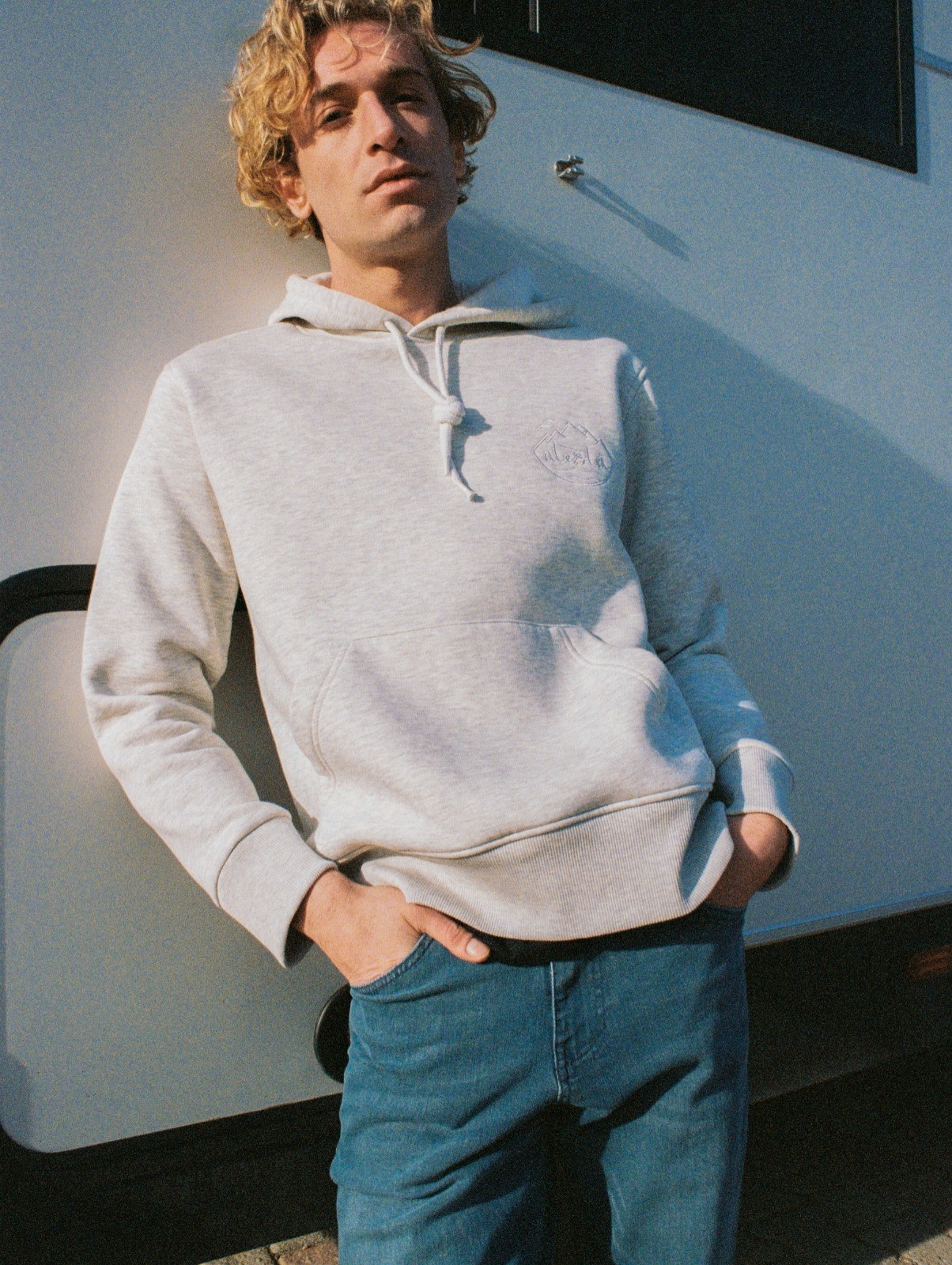We were lucky to catch up with Selin Benlioglu recently and have shared our conversation below.
Alright, Selin thanks for taking the time to share your stories and insights with us today. Coming up with the idea is so exciting, but then comes the hard part – executing. Too often the media ignores the execution part and goes from idea to success, skipping over the nitty, gritty details of executing in the early days. We think that’s a disservice both to the entrepreneurs who built something amazing as well as the public who isn’t getting a realistic picture of what it takes to succeed. So, we’d really appreciate if you could open up about your execution story – how did you go from idea to execution?
I can start the whole process with an interest in design from childhood. This curiosity led me to research many branches of design and focus on fashion in my later years. After studying business, I worked as an editor on the publishing side of this medium for many years, and my instinct to create a brand was triggered when I was approaching 30 years old. Since I did not want to move on to another branch without trying this, I started the subject by taking various trainings on fabrics and textile manufacture. Even though I knew what kind of style I wanted to create, I knew that I needed to improve myself in order to use the same language in manufacturing; we can call it the technical side of the job. I can’t find the exact starting point of the idea because this is not like the moment of the apple falling from the tree but as a result of accumulation. I’ve always had a special interest in street fashion, men’s styles, and sneakers, so I wanted to take my chance on this sleeve when I was ready.
With my taking this decision (as a natural reaction), the COVID process started. I continued to research and settle ideas during the period we could not leave the house. When the world opened up, I was able to skip steps such as finding a manufacturer, making patterns, and choosing fabrics. This whole process was painful because, as a start-up, you face a long list of problems. So the next day, next month, or next year—no matter how long you spend—the process actually doesn’t relax because you are in charge. But no matter how cliché it is, the pleasure of seeing these pieces that have become your children in real life is undeniable.
As a result, changing your job or turning something you haven’t studied into your profession is the hard part, so you learn a lot on the way. Leaving the path you follow arises differently in every individual; this has emerged with an irresistible desire to try and create. I am sure that this request will change in form in the future.


Awesome – so before we get into the rest of our questions, can you briefly introduce yourself to our readers.
I entered the industry by writing in my first years of university. For a long time, my articles were published both on my own site, in different fashion platforms and magazines. While I was studying business administration, I never stopped writing, and after graduating, I received training in fashion design, editing, art history, copywriting, a mini-MBA, fabric technology, and boat design. By dissolving these into the same quota, I continued to write articles in many branches with different intermediaries.
The Alesta brand, on the other hand, was an idea that was always in the back of my mind. We set out with the desire for a quality and timeless wardrobe that can be worn for many years by slowing down a little in the world of consumption that is getting faster every second. Our main goal was to create pieces that would become an important part of our lifestyle instead of the clothes we buy from fast fashion brands that go to waste in one season. We believe that life becomes easier with comfortable, useful and durable pieces.
The word meaning of the brand is ”allesta” in Italian, which means to be ready for action, to be on alert. Alesta is more than a nautical term; it is a mood, a lifestyle. The main theme of our story is to be able to prepare together for the journeys ahead while creating a functional and timeless wardrobe, leaving the hasty attitude of fast fashion aside and slowing down with minimal and high-quality silhouettes. Alesta, which reveals the combination of the comfort of workers’ clothes and the aesthetics of the sailor, aims to present the current forms of street fashion on the basis of all this. We’re talking about an independent, adventurous, original, and actionable commune here. Our customers should be able to keep up with every change that comes to mind, from day to night, from work to entertainment, with the clothes they wear. If I had to summarise, I would describe Alesta as being intertwined with nature, compatible with mechanics, and a basic part of daily life.



Okay – so how did you figure out the manufacturing part? Did you have prior experience?
One of our priorities when starting this business was to focus on domestic production. As a brand originating in Istanbul, Turkey, we preferred to keep production in the same city in terms of the ease and quality of process follow-up. Luckily, we were able to produce all the products of the collection at once with our manufacturer, whom we met on the occasion of another designer friend instead of a seller. Of course, we did research before finding them. For brands that start from scratch, there is always a minimum order quantity problem in production, so finding the right person in this process becomes a key game changer.
Although production always sounds like an exciting journey where dreams come true, it is a stressful process where you try to match theory and practise in real life. Therefore, the manufacturer must understand your language and share a common denominator so that the pieces come out without errors. Production means you are going to face a mistake, so it is most important to overcome a situation that will occur at any point with the minimum loss. It doesn’t matter how good or detail-oriented you are at your job. The important thing is to whom you deliver this job, to which team, and in what capacity. Therefore, I recommend that you always be at the forefront of everything without interrupting work follow-up.
How do you keep your team’s morale high?
As the leader of your team or solution partners, you should be involved in every step of the business. Always getting feedback and considering the other person’s ideas will allow them to take ownership of the work. Building a high-morale team is based on good communication, transparency, and collaboration. At the end of the day, I believe that you should live the values that you believe your brand represents within the team. I am sure that the expression of this energy will be much more sincere, solid, and future-oriented.
Contact Info:
- Website: alesta.shop
- Instagram: https://www.instagram.com/alesta.shop/
- Facebook: https://www.facebook.com/search/top?q=alesta%20club
Image Credits
Photographer: Aktuğ Yılmaz Stylist: Selin Benlioğlu


